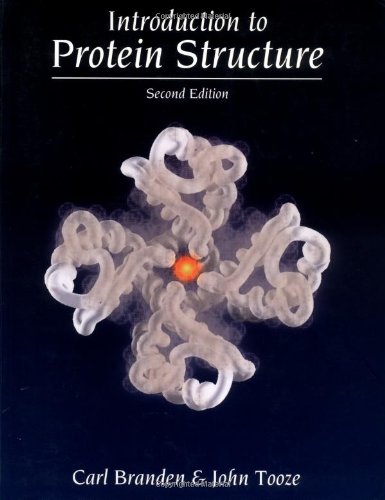Introduction to Protein Structure ebook download
Par haskell altagracia le mardi, juin 21 2016, 01:39 - Lien permanent
Introduction to Protein Structure. Carl Branden, John Tooze

Introduction.to.Protein.Structure.pdf
ISBN: 0815323050,9780815323051 | 415 pages | 11 Mb

Introduction to Protein Structure Carl Branden, John Tooze
Publisher: Taylor & Francis
The first is an introduction to the principles of protein structure and folding, with emphasis on proteins' biophysical properties. Introduction to Protein Structure. Proteins, The Structure and Function, An Introduction. In this review we will focus on the relationship between the structure of the Tat protein and its function as a secreted factor. Furthermore, replacing Trp-248 with a smaller aromatic amino acid (Tyr/Phe) impaired the β-arrestin recruitment, yet with maintained G protein activity (biased signaling); also, here aplaviroc switched to a full agonist. According to the neutral theory of evolution, the functionality of protein with disadvantageous amino acid substitution can be restored by another amino acid substitution which compensates the first one to sustain the fitness [1]. Introduction to Protein Structure Introduction to Protein Composition supplies an account of the ideas of protein framework, with examples of essential. To this end we will summarize some of the exogenous Introduction. We all know that protein structure and protein homology are notoriously difficult to correlate – elsewise, Pande wouldn't have a gazillion PCs crunching the folding data. Hi everyone, this is a shorter post about a glance at proteins – most of the information came from my notes and Timberlake's book which is referenced down the bottom. Human immunodeficiency virus type 1 (HIV-1) exhibits high genetic variability, with strains divided into three main groups: major (M), which are the cause of most HIV-1 infections worldwide, outlier (O) and new (N) that are non M and non O [1]. [End of the introduction] Our results show that flagellum [should be “the flagellum”, sic] originated very early, before the diversification of contemporary bacterial phyla, and evolved in a stepwise fashion through a series of gene duplication, loss and transfer events. The equilibrium state of CCR5 is manipulated here toward either activation or inactivation by introduction of single amino acid substitutions in the transmembrane domains (TMs) 6 and 7. This page provides an automatically updated summary of all antibody structures in the Protein Databank.